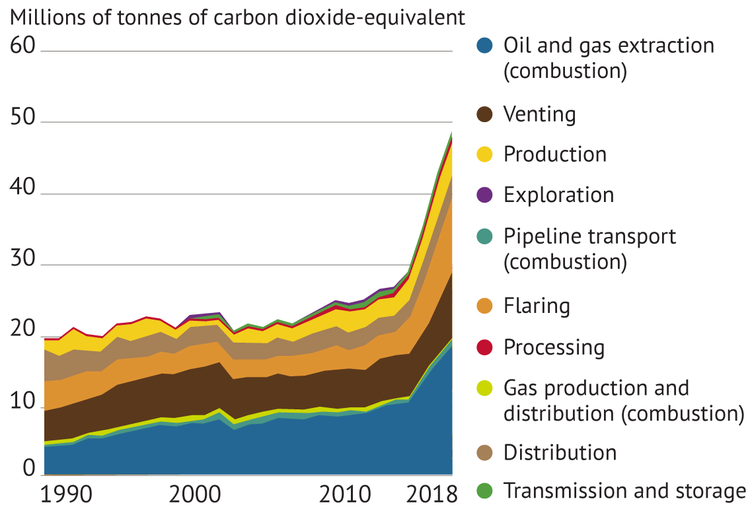Ann Arbor (Informed Comment) – Australians in New South Wales and part of Queensland face “catastrophic” wildfires today according to government authorities.
Based on the latest forecast, we have mapped where fires on the north coast are likely to spread during tomorrow's dangerous weather. The red shows the predicted spread of fire. Check https://t.co/NXTTCbYtYQ for detailed information, advice and maps. #nswrfs #nswfires pic.twitter.com/gVstnWDrxC
— NSW RFS (@NSWRFS) November 11, 2019
A state of emergency has been declared and authorities are closing 500 schools today. Already 140 homes have been lost, and their proprietors are not impressed with the Australian denialist prime minister’s offer of thoughts and prayers. Scott Morrison ranted about urban leftists and the fact that there have always been bushfires in Australia. Yes, but they haven’t been this intense or frequent.
That the country’s wildfire risk has been vastly exacerbated by human beings driving cars and heating their buildings with coal and natural gas is not in question. Global temperature has increased by 1.8 degrees F. in the past century, which has contributed to greater dryness in Australia. In 2011-2016 bushfire frequency increased 40%. Graham Readfearn at the Guardian points out that controversy has erupted in Australia because the government there is the worst in the G20 on climate policies.
A new report on the G20 and climate finds that Australia’s emissions are increasing and there is no plan to rein them in. The Australian government is even more committed to Big Coal than Trump is, and is full of whiny climate change denialists. Readfearn says that the report finds that Australia is a “deforestation hot spot.”
Australia’s carbon emissions per person are among the largest in the world, between 22 and 25 tons a year. An automobile weighs two tons.
While Australia’s population of about 25 million is small and therefore its proportional contribution to global heating is also small, the country is especially vulnerable to the effects of burning fossil fuels. Drought, wildfires and sea level rise powerfully threaten its population. As a simple matter of ethics and accountability, then, Australians have a responsibility to step up.
Although their government is horrible, Australians as a people have been enthusiastic for solar energy. Last Wednesday for a brief moment renewables supplied some 50% of the electricity to the Australian grid. Graham Readfearn at the Guardian explains that most of the solar was rooftop, i.e. the government hasn’t invested or given incentives for investment in industrial-scale solar. The bad news is that the other 50% came mostly from coal, the most carbon-intensive pollutant among the fossil fuels. And ordinarily coal forms an even greater proportion of the energy making electricity.
——–
Bonus video:




 © 2025 All Rights Reserved
© 2025 All Rights Reserved